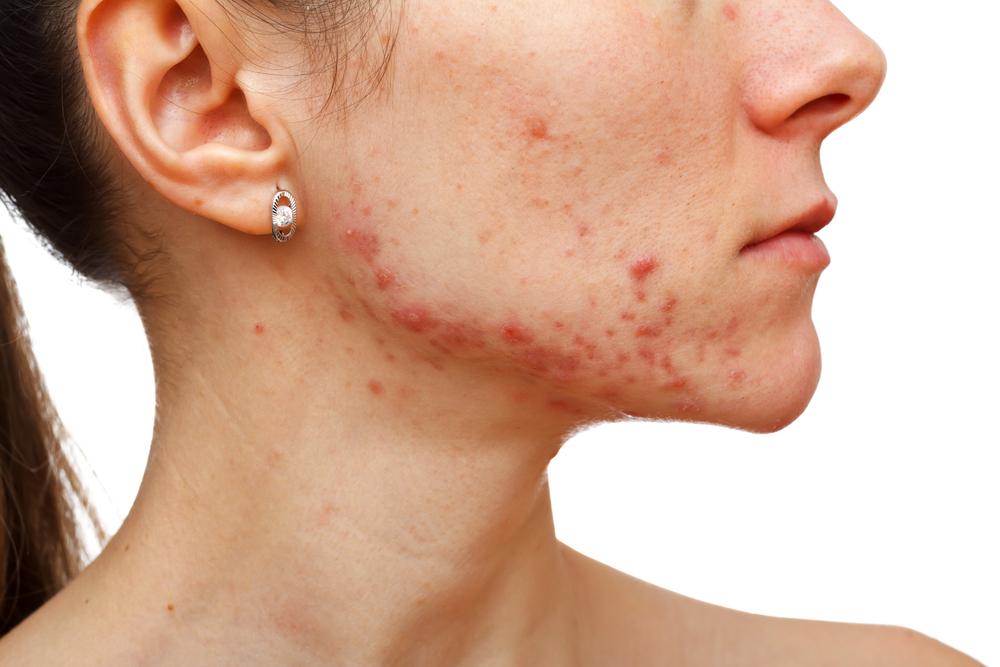Know About The Symptoms Of Different Types Of Eczema
Know about the symptoms of different types of eczema
Eczema is an umbrella term for a number of skin conditions where the skin erupts into bumpy red rashes. There are many types of eczema and it is important to note the eczema symptoms to identify which you are suffering from to treat it properly.
Eczema is a common skin condition and though it can be uncomfortable, you can manage the condition and learn to live with it if you can identify the causes and try to avoid them.
Eczema – Symptoms and types
Eczema starts as inflamed red patches of skins.

In people with fair skin, the rashes look red. In dark-skinned people, the condition affects the skin pigments and the affected area may look lighter or darker than normal skin. If you scratch the rashes, it might soon turn into oozing blisters and the region may develop an infection.
Common eczema symptoms
- Red inflamed skin
- Dry itchy skin
- Dark patches of scaly skin
- Patches of leathery scaly skin
- Blisters that ooze and crust
- Very severe itching
Different types of eczema and their symptoms
- Atopic dermatitis:
What causes eczema?
While eczema can be caused by mites or fungal infections, mostly, eczema is triggered by an overactive immune system in response to an irritant. The irritant or allergen can vary. It can be something as simple as the skin coming into contact with a rough or coarse clothing material. The body can also react to extreme heat or cold in the form of eczema. It can be triggered by an allergen like animal dander or specific soaps or detergents or other products that come into contact with the skin. Cold, asthma, and stress can also be potential triggers. Eczema is not contagious; it cannot be passed from one person to another.
Treatment options for eczema
Generally, eczema makes skin dry and itchy. To prevent this, you need to keep the skin moisturized. To reduce itching and chances of infection, frequently clean the affected area and apply moisturizing lotions and creams. In addition, over-the-counter corticosteroid topical applications are recommended. The treatment could include antibiotics if the person develops a bacterial infection in the affected area.
If you have oozing blisters, frequent and gentle cleaning using a very dilute solution of vinegar or using clean tap water followed by exposing the area to the air and allowing the moisture to evaporate naturally can help. Once the oozing reduces and the region becomes comparatively dry, a corticosteroid topical application can reduce the severity of the condition and help speed up the healing process.
Generally, doctors will prescribe antihistamines to control, the itching. In addition, phototherapy and tar treatments may also be used to manage the condition and reduce itching and infection. For those who have a severe case of eczema that does not respond to normal treatments, the doctor would advise the use of an immunosuppressant drug called cyclosporine.
Living with eczema
Eczema can be very painful and irritating. If you are prone to this condition, learn to identify the triggers for your eczema and as far as possible, avoid them. For instance, if rough clothes cause a reaction, avoid exposing your skin directly to material like wool.
Extreme changes in temperature, certain products like harsh soaps, certain foods, and sweating can also trigger eczema, depending on the type of eczema you are vulnerable to. Avoid these triggers. Frequently moisturize your skin to avoid skin dryness.
Your doctor and dermatologist can help you learn how to stay clear of known irritants and how to reduce the chances of flare-ups. Follow these instructions strictly to control the condition and stay free of eczema symptoms.

